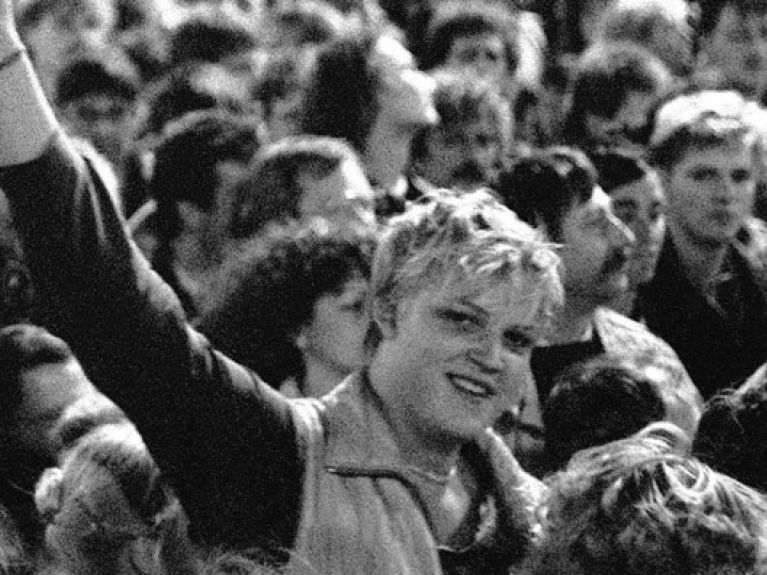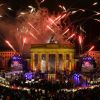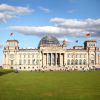Step by step towards the fall of the Wall
We look back on the decisive milestones of the peaceful revolution.

The first Monday demonstration
When around 1,000 GDR citizens gathered in front of the Nikolaikirche in Leipzig on 4 September 1989, they were holding banners with the words “Stasi out” and “Freedom to travel not mass exodus”. The reforms of Soviet President Mikhail Gorbachev and the democracy movements in Hungary and Poland had created an atmosphere in which many people in the GDR also began to openly declare their dissatisfaction with the regime. The Monday gatherings in Leipzig became a ritual. On 16 October 1989, 120,000 demonstrators walked through the streets chanting: “We are the people!”
Opening of the Hungarian-Austrian border
“The first brick was broken out of the Berlin Wall in Hungary.” These were the words Helmut Kohl, the former German Federal Chancellor, used to describe what happened on the night before 11 September 1989, when Hungary opened its border with Austria. In the following weeks over 50,000 GDR refugees left the country. Parts of the border had already been demolished in spring 1989. The foreign ministers of Hungary and Austria, Gyula Horn and Alois Mock, symbolically cut through the fence in June.
Prague embassy
It was from the balcony of the Federal Republic of Germany’s embassy in Prague that Hans-Dietrich Genscher, Germany’s foreign minister at the time, spoke the famous words whose end was drowned in the jubilant cries of roughly 4,000 waiting people: “We have come to you to tell you that today, your departure ...” Some of the people here had waited weeks on the grounds of the embassy, calling for their departure. In the meantime, during the General Assembly of the United Nations in New York, Genscher had gained the support of his Soviet colleague Eduard Shevardnadze on the question of how to deal with the refugees. Eventually, the GDR leadership agreed to them departing to the West in special trains via Dresden.
Meeting at Alexanderplatz
On 4 November 1989, the GDR experienced this largest demonstration in its history. Hundreds of thousands of people gathered at Alexanderplatz in Berlin to demand changes. The demonstration was called by opposition groups. Although the SED attempted to take over the event, its speakers were loudly rejected. On the other hand, there was approval for the words of artists like the actor Ulrich Mühe and the writer Christa Wolf. Five days later the Wall fell.

